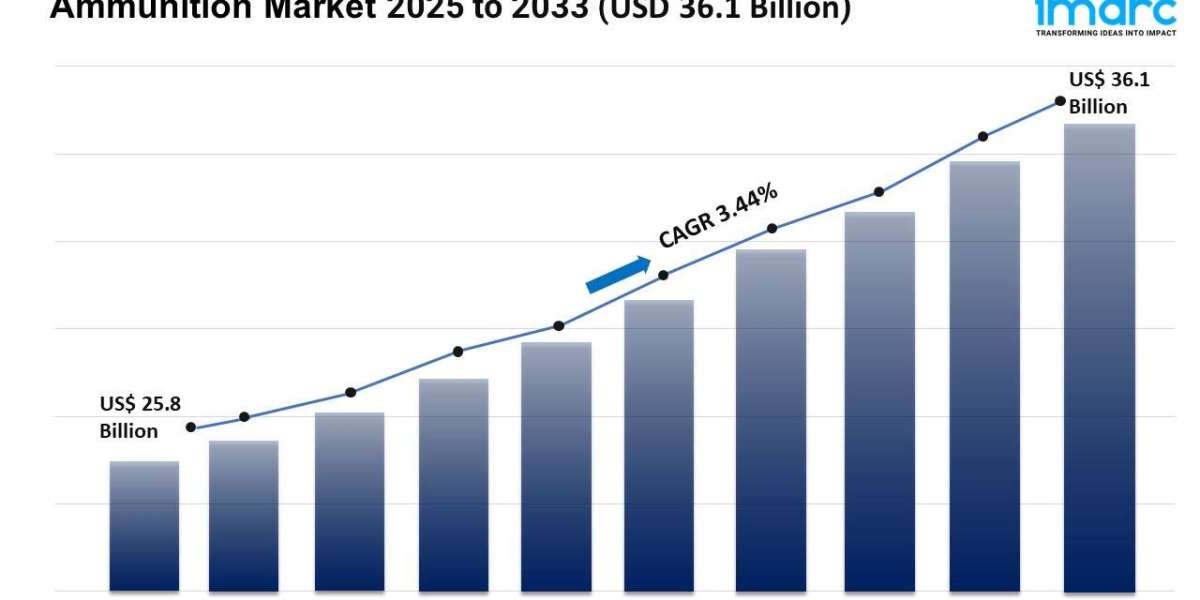Getting hit by a car is traumatic enough—but what happens when the driver or their insurance company tries to pin the blame on you? It’s more common than you’d think, and it can seriously impact the compensation you receive for your injuries.
If you’ve been involved in a pedestrian accident in Georgia, understanding how fault is determined and what evidence can strengthen your case is essential. Let’s break it down.
Who’s Really at Fault in a Pedestrian Accident?
In many pedestrian vs. vehicle accidents, it's assumed the driver is responsible—but it's not always that simple. Georgia law places legal responsibilities on both drivers and pedestrians, meaning fault can be shared.
Key Factors That Determine Fault:
- Traffic laws – Did the pedestrian cross at a legal crosswalk or dart into traffic?
- Driver behavior – Was the driver texting, speeding, or ignoring road signs?
- Pedestrian actions – Was the pedestrian distracted or jaywalking?
Georgia follows a modified comparative negligence rule. If you're less than 50% at fault, you can still collect compensation—but your payout will be reduced by the percentage of fault assigned to you.
The Tactics Insurance Companies Use to Shift the Blame
Insurance companies and at-fault drivers often look for any reason to reduce their liability. Here are some common excuses they might throw your way:
- You weren’t in a crosswalk (a.k.a. jaywalking).
- You were distracted—maybe scrolling on your phone.
- You suddenly entered the road, giving the driver no time to stop.
- It was dark, and you weren’t easily visible.
While some of these might hold a bit of truth, they’re often exaggerated to deny or reduce a legitimate claim. That’s why having a solid legal game plan is critical.
Evidence That Can Help Prove Driver Negligence
When you’re being blamed for an accident you didn’t cause, evidence becomes your best ally. Here’s what can help flip the narrative in your favor:
1. Police Reports
Police documentation can confirm traffic violations, driver behavior, and even assign preliminary fault. If the driver received a citation, that’s a big win for your case.
2. Eyewitness Testimony
Bystanders are your bonus evidence. Their unbiased account can support your version of events and highlight reckless behavior by the driver.
3. Video Footage
Traffic cameras, business surveillance, or dashcams can be goldmines. They show exactly what happened—no room for argument.
4. Medical Records
Your injuries speak volumes. Medical documents can reveal the severity of the impact and support claims of high-speed collision or negligent driving.
5. Accident Reconstruction Experts
When fault is heavily debated, professionals can recreate the accident using data like skid marks, vehicle positioning, and more. Their reports carry serious weight in court.
What If You’re Partially at Fault?
Don’t panic if you’re assigned some of the blame. Here’s how Georgia’s comparative fault system works:
- Under 50% at fault? You can still get compensated.
- Over 50%? Unfortunately, you might be out of luck.
- Example: If your damages are $100,000 and you're found 30% at fault, you'll still receive $70,000.
It’s not all or nothing—your percentage of fault directly impacts your payout.
Why You Shouldn’t Go It Alone
Going up against an insurance company on your own is like bringing a spoon to a sword fight. Their adjusters are trained to twist the facts, delay payouts, and make lowball offers.
That’s where legal help comes in.
At The Law Office of Don Edwards, we don’t let insurance companies rewrite the story. We investigate, gather evidence, negotiate aggressively, and take legal action when needed.
Injured in a Pedestrian Accident? Let’s Talk.
Being injured is hard enough—you shouldn’t also have to battle accusations of fault just to get fair compensation. Whether you were hit in a crosswalk or not, you deserve to be heard.
Call The Law Office of Don Edwards at (404) 526-8866 for a free consultation and let our team fight for what’s rightfully yours.



